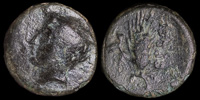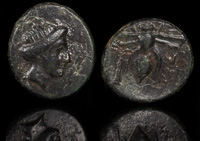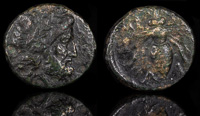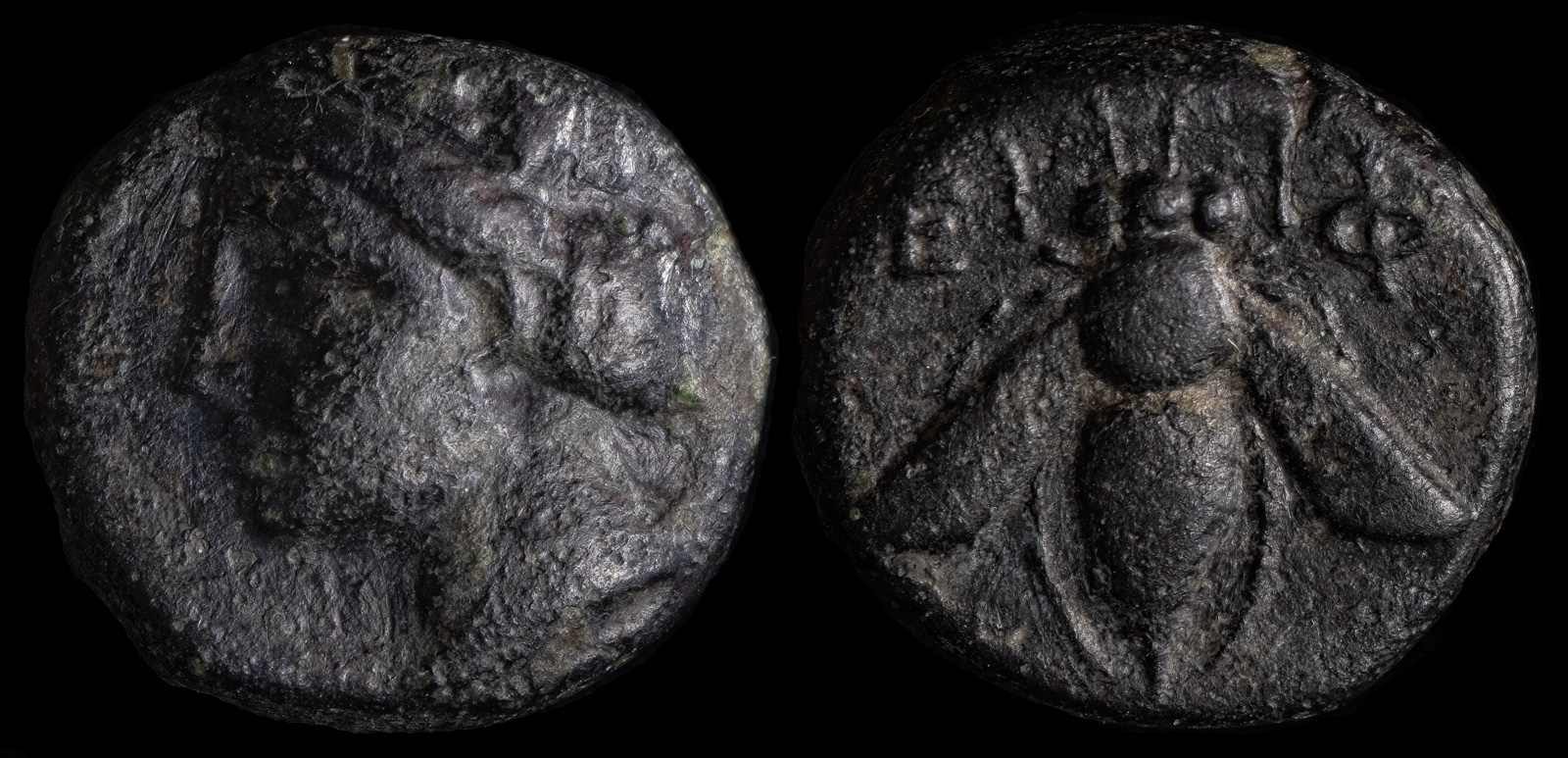Bee
View All Tags
The association between Artemis and the bee can be seen through her role as a chthonic deity (relating to the underworld) and protector of the natural world. Bees, known for their productive hives and essential role in pollination, were often seen as symbols of community and order, much like Artemis herself. They were also believed to have a sacred, mystical connection to the divine, as bees were thought to be the messengers of the gods. In some myths, Artemis is portrayed as a protector of these creatures, and her sacred groves or temples were sometimes thought to house bee colonies. Bees, in their diligent and industrious behavior, mirrored Artemis’s qualities of discipline, purity, and strength.
One of the most famous depictions of Artemis’s association with bees is in the cult of Artemis at Ephesus, where she was often depicted with multiple breasts, symbolizing fertility and nurturing. Here, the bee was also connected to the idea of prosperity and sustenance, reinforcing Artemis’s role in providing for the people. Honey, produced by bees, was an important substance in the ancient world, used not only as food but also in religious rituals and offerings. It was believed to have healing properties and a divine quality, enhancing Artemis’s image as a nurturing and healing goddess.
Additionally, bees were often seen as creatures that could bridge the human world and the divine, a quality that made them suitable symbols for Artemis, who herself was a liminal figure, dwelling between the wild and the civilized. In the mythological realm, bees were frequently linked to divine oracles and sacred rites, aligning with Artemis’s role as a goddess who could mediate between the mortal and divine realms. Their symbolism of transformation and renewal, as well as their mystical aura, made bees ideal symbols for Artemis, embodying both the wildness and the cycles of life that she governed.

Ephesos, Ionia 375-325 BCE

Eresos, Lesbos 3rd-2nd cent BCE

Gentinos, Troas 4th century BCE

Melitaia, Thessaly 325-300 BCE
